Review: HTC SMT-5800
Feb 1, 2008, 11:31 AM by Eric M. Zeman
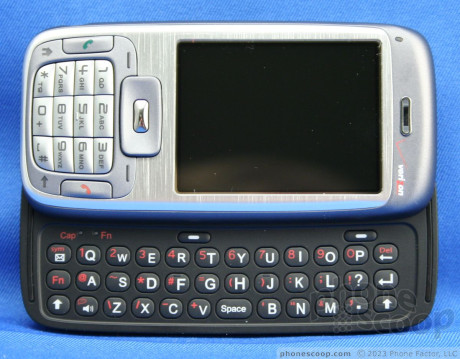
The HTC SMT-5800 loses the bulk of other HTC models, but also sheds some usability. See what works and what doesn't.
Form
Is It Your Type?
If you're looking for a Windows Mobile smartphone in a slightly smaller package, then the HTC SMT-5800 should be on your shopping list. It packs most of the functionality of its full-sized smartphone cousins in a svelter and slightly-more-stylish skin. But be forewarned, smaller isn't always better.
Body
HTC is not known to make small smartphones. The bulk of its lineup is actually quite beefy. The SMT-5800 may slim things down a bit for a more pocket-friendly device, but it sacrifices usability to do so.
The 5800 achieves it size reduction by tightening the belt around its mid-section. It is narrower from side to side than some models from HTC, such as the XV6800, though it is about the same thickness from front to back. On the front of the 5800 is a screen with common QVGA resolution, navigation cluster and numeric keypad below it. It's obvious that the 5800's designers wanted to maximize the screen size on the front, and the usability of the nav cluster and keypad suffer greatly as a result.
The D-pad itself is wide enough for side-to-side navigation, but it is very short from top to bottom. It also has a high edge that really makes it stand out from the surface of the phone. The center button is very bubble-like. It really feels tall and pointy when your thumb presses it. This combined with the small-ish D-pad make for an unpleasant experience. The fat-fingered are going to have issues using the D-pad.
Each soft key is flush with the phone's surface and has a small strip of plastic that helps your thumb find it. Because of the high edge of the D-pad, using thesoft keys to its left and right is challenging. I often found myself accidentally hitting the corner of the D-pad when trying to use eithersoft key, which messed up my attempts to activate the feature I wanted to use.
Another issue worth pointing out is that the upper left and right corners of the D-pad are directly below the "Start" and "Contacts" selections on the screen. At first, your natural instinct is to push those corners to activate those menus. Instead, you have to reach down a bit to hit thesoft buttons themselves, which seem too far removed from the screen.
The numeric keypad is only slightly more usable. It is squished into a small space at the bottom of the phone not much bigger than a Quarter. Similar to the D-pad button, each key is bubble shaped, but is made of a plastic that has more texture to it. Though less pointy than the D-pad button, I just didn't care for the way the buttons felt. Directly to the left and right of the keypad are the send/end keys. These keys are slim, but aren't difficult to use. All the buttons provided good travel and feedback.
Directly below them in the very bottom left and right corners of the phone's face are the Home and Back keys. These keys are also flush with the face of the phone. Were it not for the icons, you wouldn't know they are buttons at all. I found this positioning of the Back key to be problematic when typing out messages with the phone's keypad. Typically your thumb is used to traveling up or to the side to reach the Back key. Changing my behavior to reach down to the very bottom of the phone took some time.
On the left side of the 5800 is the power key and volume slider. Each of them is easily found and used. If at first you think the volume slider is a keypad lock key, don't feel bad. I did, too. Also on the left is the slot for microSD cards. There's no hatch, you simply slide your memory card in the slot and push it deep in to lock it in place. While it is fastened securely, having an open slot with no hatch to protect it does leave the innards of the phone exposed to dirt and moisture.
On the right side of the phone is the camera button. It is made of a rubbery substance and stands out in texture from the plastics used in the phone's covering. This means it is easily located. It offered up good travel and feedback, letting you know that you had pressed it.
Along the bottom of the phone is a release for the battery covering. Simply slide the release and the back cover pops up.
The 5800 slides open easily enough, but the top portion of our review unit was not solid at all. There was a lot of wiggle room, it was not snugly fitted. It was easily wiggled around both when closed and open.
The interior keypad is wide enough for quick two-handed text input. The soft keys that are on the keyboard are very slim and crammed up against the top half of the phone. This made them a bit more difficult to use than we would have liked. But the 5800 is not alone in this respect. It's a trait we've seen on other HTC phones and other sideways sliders. Perhaps I have ham-sized thumbs.
With the slider open, the D-pad is above the keyboard to the left of the screen. If you're right-thumb dominant when using your phone, this could be problematic, because it forces you to use your left thumb for navigation. It is also means your thumb has to do some traveling to reach up and use it, which slows down navigation a bit. We wish the D-pad had been replicated on the keyboard.
Three S's
Screen
The 5800's screen is a decent size and offers 240 x 320 QVGA resolution. When indoors or darker environments, it was very easy to see and the brightness can be adjusted to suit your tastes for visibility and battery life. Colors looked good and most images were sharp. Visibility suffered a lot when outdoors in sunlight. The 5800 had to be held at an angle in order to read the screen.
Signal
The 5800 did an excellent job of holding onto a signal. Most times, it had four out of four bars. It doesn't have separate EV-DO and 1xRTT coverage indicators, but it does let you know which service you are getting in the status bar. In the NJ version of the vault test, the 5800 did not drop a call even when it dropped to zero bars of coverage.
Sound
Call quality was crystal clear with the 5800. We didn't experience any interference of any sort while using it. Earpiece volume left a bit to be desired, though. With the volume all the way up, it was audible in coffee shops, but it was hard to hear callers when walking on a busy city street. Same goes for ringer volume. Volume in Bluetooth headsets was better. Sound quality of the speakerphone was good for most uses, but it wasn't loud enough to hear clearly from another room. During music playback, the speaker crackled and popped a bit, even with the volume set to just 50%.
Battery
Battery life on the 5800 was good. We were able to consistently get through 3.5 days with it even with moderate talking and Web surfing. As always, using Bluetooth to stream music to stereo headsets drained battery life noticeably. With a full charge, we killed off the battery in one day with heavy stereo Bluetooth music streaming. But for the most part, 3 days was a minimum. You can get away with traveling for a weekend without bringing your charger, unless you plan to use it to listen to music for several hours.
Basics
Menus
Unlike the HTC Touch or Shadow, the 5800 does not employ any user interface overlays to make accessing the phone's systems easier or more manageable. It uses the basic Windows Mobile 6 platform. The home screen offers the standard Today layout, with application shortcuts running horizontally across the top, and customized calendar appointments, notes, email and other user content displayable below.
The left and right soft keys let you access the Start menu and Contacts application, respectively. Hitting the Start key takes you to a grid of menu options. This is where you access the majority of the 5800's applications and softs. There are 22 applications or folders found in here. Each one is labeled in a way so that you know exactly what it does or where it is going to take you. It is only slightly more intuitive to use than many proprietary menu systems that are built into phones, if only because we are all somewhat familiar with the way Microsoft builds its menu systems.
Once you select a menu application or folder, it generally opens up to another grid of applications or a plain list with black letters on a white background. No fancy dancing icons here. Just utilitarian grids and lists. All of the menu selections listed in this type of view have a keyboard shortcut (1, 2, 3, 4,...etc.) before it, so if you are fast with your fingers on the keypad you can jump directly to that action.
Calls/Contacts
Calling with the 5800 is somewhat simplified for a smartphone because it has a separate numeric keypad on the front face, rather than have one buried in with a full QWERTY keyboard. Dialing calls is simple, and the send key lets you open a list of all your recent calls easily. With the recent calls opened, you can use the left and right soft keys to save the call or open the menu, which lets you call the highlighted number, send a text message or change the view of the calls.
Once you are in a call, the left soft key becomes a mute button, and the right soft key becomes a menu button, which lets you do various things during the call, such as select the speakerphone. There is a dedicated speakerphone button on the full QWERTY keyboard of the 5800, but it is not accessible with the phone closed.
The contacts database syncs seamlessly with Outlook and will hold reams of information about each contact. You can stuff your database with multiple email addresses, phone numbers, and IM screen names, as well as two addresses and lots of personal information, such as birthdays, anniversaries and kids' names.
When scrolling through existing contacts, the left soft key lets you add new ones, and the right soft key lets you select from a list of actions to perform when you have a contact highlighted, including altering the view and filtering your contacts. Opening a contact who is already saved presents you with a few options on that contact's home screen, including call their mobile/work/home numbers, send them an SMS, or view their address. You can also choose to edit that contact or delete them.
Messaging
Because the 5800 is a Windows Mobile-based smartphone, your messaging needs are well in hand. Not only will it accept push Microsoft Outlook mail, but you can also sync it with your personal POP3 accounts. We were able to load up multiple Google, AOL, Hotmail and Yahoo email accounts no problemo. They all delivered email without any hiccups.
When viewing the Today screen, there is a line reserved for messages. It shows you how many emails, SMS's, MMS's and voicemails you have in your inboxes. SMS, MMS and voicemail messages also have icons that appear in the status bar across the top of the screen, so you have two visual cues letting you know that messages are waiting.
From the Today screen, simply hitting the shortcut to the messaging center will bring you to the main messaging menu. It is also accessible from the start menu. Here, the messages are sorted by SMS, MMS, and whichever email accounts you have tethered to the phone. There will be a number next to each one to let you know how many unread messages are in each inbox. Emails will only do this if you've set your phone to retrieve messages automatically.
Each message type has its own set of inboxes, drafts, sent and outboxes so you can tell the status of all your messages at a glance. From the home screen, you can also navigate down to the one inbox that has a new message, say an MMS, and select it. This will take you directly to that inbox, allowing you to skip the general messaging center.
When in each of the separate inboxes, the left soft key is a delete key, and the right soft key a men becomes your options menu, and lets you delete, reply, forward, move, etc. When viewing a message in any of the formats, the right soft key becomes a reply key.
Extras
Music
The 5800 is loaded up with Windows Media Player. It is a very capable application for playing your music and video content. You can open it from the Today screen or by going into the main menu via the Start key. The library segregates your content by music, videos, TV, playlists and what was played last. The music menu gives you several different ways to sort your library: all music, artist, album and genre. WMP had some trouble sorting through the music stored on our microSD card. It wasn't able to place the songs into their albums, so the album sort view was rendered useless. We could only choose to see all of our songs, even though each song was tagged correctly.
Once you pick some songs and start playing them, the music player interface itself is basic and utilitarian. The center of the D-pad becomes your play/pause button. Hitting the D-pad left or right advances to the next track or takes you back to the previous track. Hitting the D-pad up and down raises or lowers the volume.
The right soft key opens up the music menu. Some of the menu items duplicate the D-pad's actions, but there are a few selections that let you adjust the player's options and check song properties. The options give you only basic control over the player, but you can assign different functions to the D-pad, which lets you customize it a bit.
Since the 5800 does not have any headset jacks, you have to use stereo Bluetooth headphones or a USB-to-3.5mm adapter if you want to listen in private. The default for the music player is to play through the external speaker. Sound quality through the speaker was so-so.
WMP gets the job done, but it certainly doesn't raise the bar.
Camera
Camera
The 5800 has a 2 Megapixel camera that scored 20/50 on the vision test, which means it offers average sharpness performance at a distance of 10 feet. You can launch it with the dedicated camera button on the right side of the phone or through the Start menu. Either way takes about 2 seconds to fire up the camera. The camera has a rich feature set and lots of tools to customize your pictures and the picture taking experience.
Along the top of the screen, it shows you what mode you are in (still/video), how far you're zoomed in, what size the pictures will be, where they are being stored, and how many you have left. At the bottom of the screen is an array of icons that let you know how the camera's settings are configured. Hitting the left soft key will highlight the left-most icon, which is the timer. It lets you make adjustments to the timer function of the camera. You use the D-pad to interact with the settings themselves. Hitting the left soft key will let you move to the next setting, which is storage location, followed by ambiance, capture settings, mode and advanced features. Each of these mini-menus comes up on the screen and the D-pad lets you navigate each of them. They offer quite a wide array of ways to alter the camera's settings. When you're all done, hit the right soft key to go back out to the camera itself.
One frustration here is that if you accidentally pass the one setting you may want to change, there's no way to go back. The leftsoft key only moves the selector from left to right, and using the "back" key itself takes you back out to the Start menu. So this means you have to circle backaround if you mistakenly go too far.
When you're ready to shoot, hitting either the center of the D-pad or the camera button will snap the shot in about one second. The picture appears almost immediately in a review screen. When reviewing the picture, there is a little menu bar along the bottom. It lets you jump back to the camera, delete the image, send it via MMS or email, or view it in the gallery.
In shooting mode, the D-pad lets you adjust exposure and zoom on the fly. Exposure adjustments range in half steps from -2.0 to 2.0. The extent to which the camera zooms depends a bit on what resolution you have the camera set to. One thing to note, zooming takes forever. The standard shooting mode is zoom level one. Press up on the D-Pad and it takes about 1.5 seconds to move up to 1.2. If you want to move in further, you have to hit the D-pad again, and can expect another 1.5-second delay. While the camera is zooming, the screen goes black and waits for the new zoom level to be reached before it re-displays the viewfinder.
Gallery
The picture gallery can be reached two ways. First, after you've taken a picture, you can choose to view it in the gallery mode. There is no other way to jump to the gallery from the camera application itself that we could find. You can also find it through the Start menu. The 5800 segregates your libraries based on where they are located. The generic My Pictures folder takes you to a grid. In the grid is access to the camera application and a couple of pre-loaded images. Hitting the right soft key, Menu, opens up a list with action items such as send, beam, save to contact, delete, etc. But you don't see all your pictures in this preliminary My Pictures folder. You have to choose the seventh option in menu, which is called Folders. There are three choices: My Pictures, My Device and Storage Card. The My Device selection really is a search application that lets you hunt around the device to find pictures. Since we store images on the storage card, that's where every picture we actually took was located. This seemed a bit onerous a process to find our images.
Once in the gallery, it shows you nine images at a time in grid layout. The left soft key is View, and lets you open up the image. The right soft key is Menu. You have basically the same selection that we mentioned above: send, beam and so on. Using the D-pad to find an image and hitting the center button will also open the image. With an image open, the Menu button brings up some different options, such as Zoom, but most are the same. They don't allow you to edit the pictures, but will let you send them or store them.
Photos/Video
Photos
Most pictures taken with the 5800 were true to color and reasonably free of grain and noise. As with most camera phones, images captured outdoors in sunlight were the best in terms of color and quality. The 5800 didn't perform as well indoors. First, images taken with indoor lighting had more grain than outdoor shots. But the camera also had issues with incandescent lighting. Images were very yellow. You have to be careful to adjust for indoor shooting if you want pictures to come out with better color representation. The 5800 does not have a flash, so lighting is crucial to getting good pictures.
Videos
The 5800 did a good job at capturing video. You can open the video recorder directly from the Start screen, or from the camera application. Though it is a bit awkward to change the capture mode from still images to video, you can set the video mode to record video indefinitely or optimized for MMS. Videos we shot were smooth and free of grain and ghosting. The 5800 was able to track motion well as you followed a moving subject or just panned around.
Videos are accessible from the Windows Media Player library, but not the gallery application. The D-pad lets you play or pause the video, as well as skip through to other videos in your library or fast forward/rewind the current video. The WMP Menu also lets you control video playback, but there's no way to create an MMS from within the player. If you want to send an MMS, your only option is to choose to send the video immediately after you capture it and are presented that option on the review screen.
Browse/Customize
Browse
The 5800 comes preloaded with Pocket Internet Explorer. Paired with Verizon's EV-DO 3G wireless data network, it makes for a very capable browser. IE can be launched from the Start menu, and also appears as a shortcut on the Today screen.
Once open, the left soft key is your list of favorites and the right soft key is the menu key. The Menu opens up a list of things to do, such as jump back to the home screen, pull down the address bar, view your favorites or add the current page as a new favorite. You can customize the view just a little bit, by adjusting the text size, having pages rendered as one column, fit to screen or in desktop mode. And you can also turn pictures on and off for faster or richer Web browsing, depending on your tastes.
For the most part, browsing was speedy. Only the most graphic-laden sites bogged down the browser. IE doesn't include any innovative and useful features such as a mini map or built-in RSS feed reader.
But the decent screen size and fast wireless capabilities get the job done with no issues.
Customize
Windows Mobile 6 lets you customize how you interact the phone to a good degree. The main Today screen can be viewed in five different versions to suit your tastes. There are a decent number of included ringers on the phone, but you can't select songs from your music library to serve as ringtones.
Other
Bluetooth
The 5800 paired with regular and stereo headsets no sweat. The connection with each type of headsets was good, and we never experienced any hissing or disconnects. Music playback sounded good through stereo Bluetooth headsets. We were able to pair the 5800 with multiple different computers, but passing files back and forth was not supported.
Calendar
Like all Windows Mobile smartphones, you can sync your calendar with Outlook on your PC or an Exchange server. You can choose to view your calendar by week, month or agenda. The left soft key lets you swap between these views quickly. The right soft key gets you into the menu, where you can open new appointments, change the view, and configure the calendar application
Clock
The clock application is very basic. All you can really do is change the time zone and date/time itself. There are no options for viewing the clock in analog format, or changing the way it appears on your screen unless you alter the view of the entire Today screen.
Comm Manager
The 5800 has a connections manager program that lets you quickly access all the different on-board radios and adjust their settings. You can also set sync, volume and messaging settings from this screen. This would be a great shortcut to have located on the Today screen. Unfortunately it is located in the Start menu and you have to scroll to find it.
Doc Viewer
Because the 5800 is a Windows Smartphone, you can use the document viewer program to open Word, Excel, PowerPoint and Adobe PDFs. We were able to read and make edits to Word documents no problem. It's certainly not as effective as a regular computer, but making minor edits to a document from your mobile device certainly has its merits.
Video
Here is a short video tour of the HTC 5800:
Or visit YouTube for more viewing and sharing options.
Wrap Up
The HTC SMT-5800 performs most daily tasks as well as any other smartphone, but none of the features really stood out and wowed us. There are better, more stylish Windows Mobile phones out there, though they may not be as compact as the 5800. For those who value pocketability above everything else, the 5800 has a leg up on the competition.
Comments
No voice command on this smartphone
no voice command.
Tagging meaning you have to go in and record your own voice tag for every single contact you have.
which stinks.
They shouldnt have released this phone without it.
My V710 from 2004 and my Motorola Q from 2006
both have VoiceSignal, which is awesome.
If the HTC SMT5800 had it I would have kept it.
But instead I returned it and got the Q9M.
Which has an even newer version of VoiceSignal.
Also the 5800 has small buttons, in bad placing.
and the soft buttons shuold be at the bottom corners of the screen,like every other smartphone out there. Instead they put them down on the keypad.


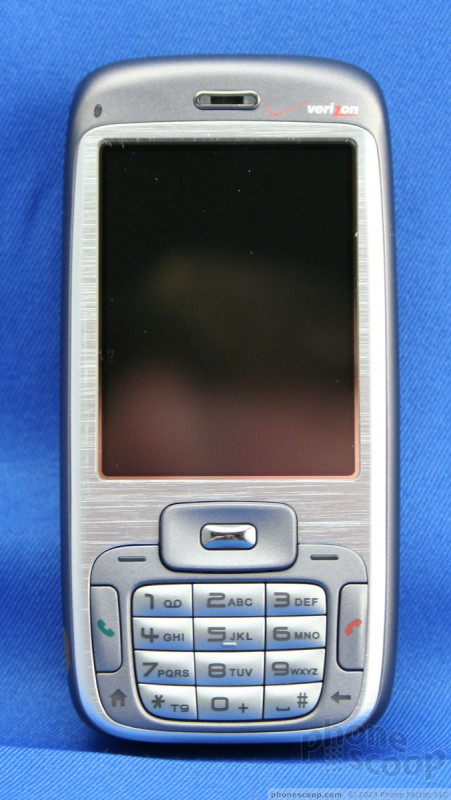










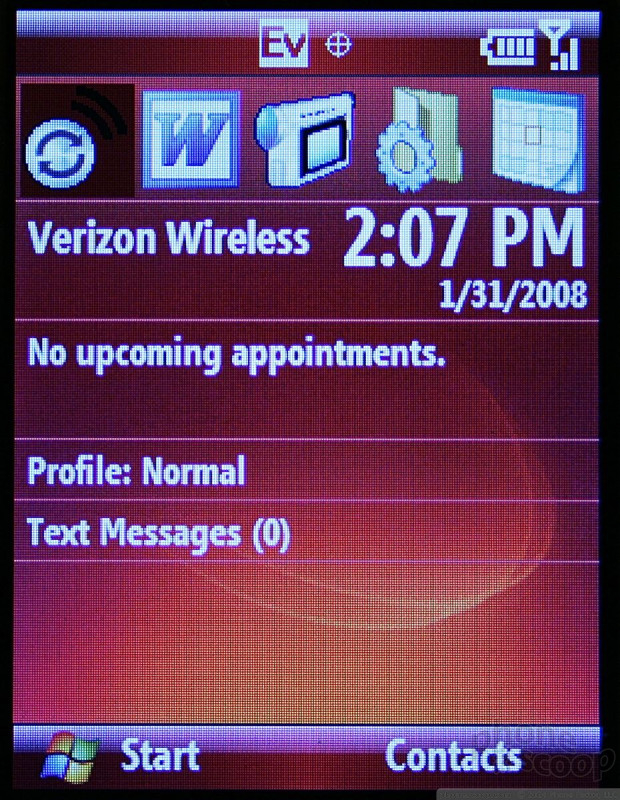
















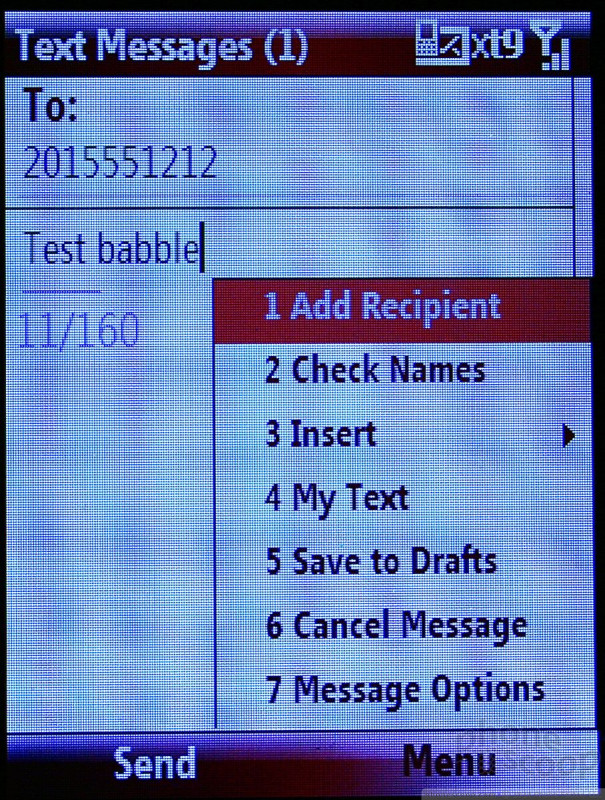




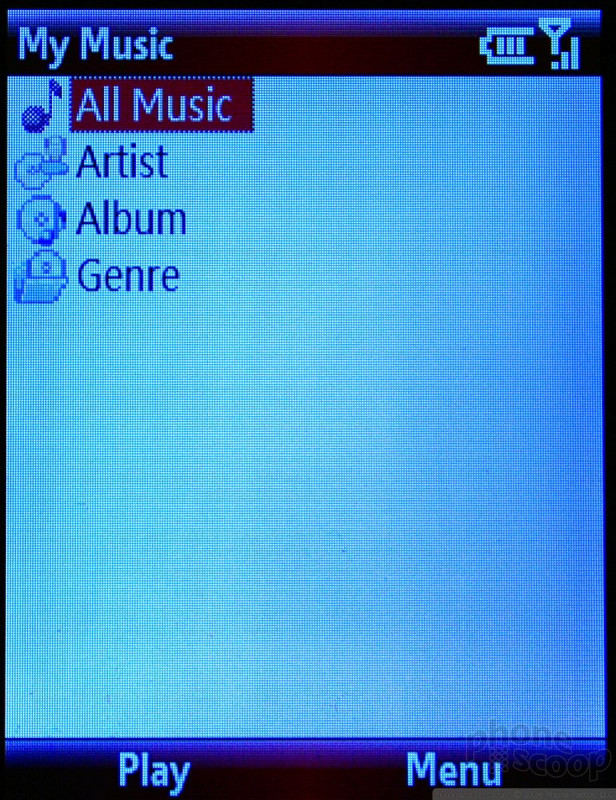







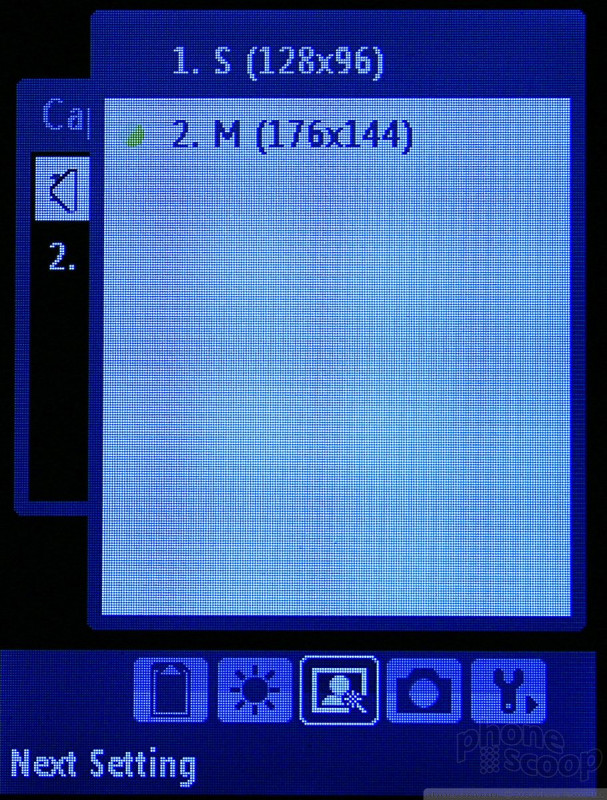





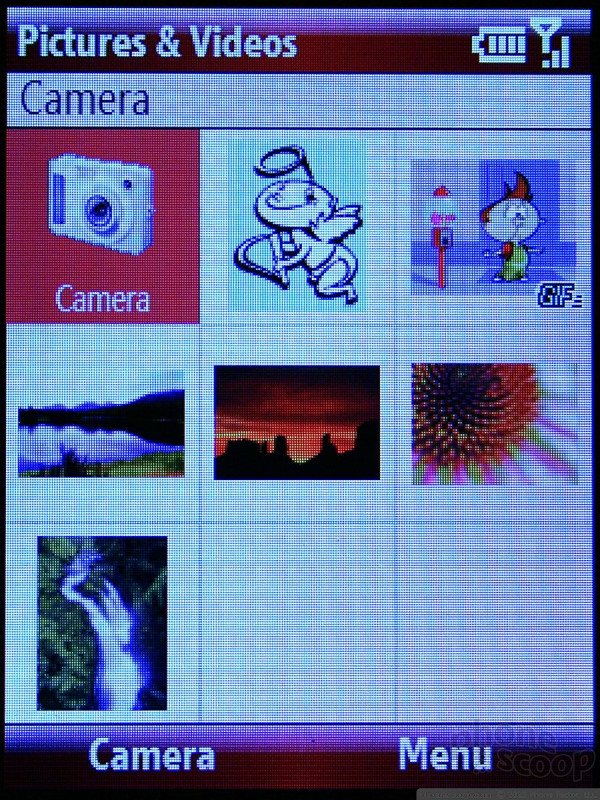






















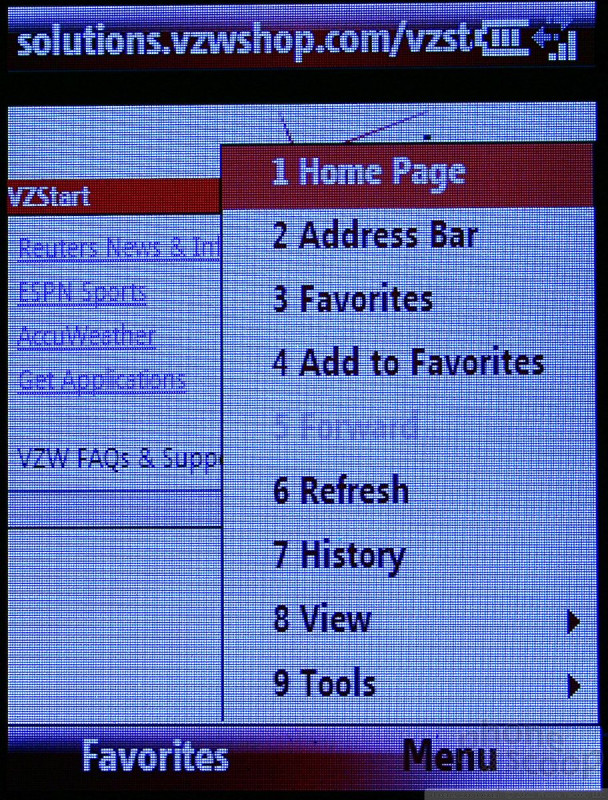






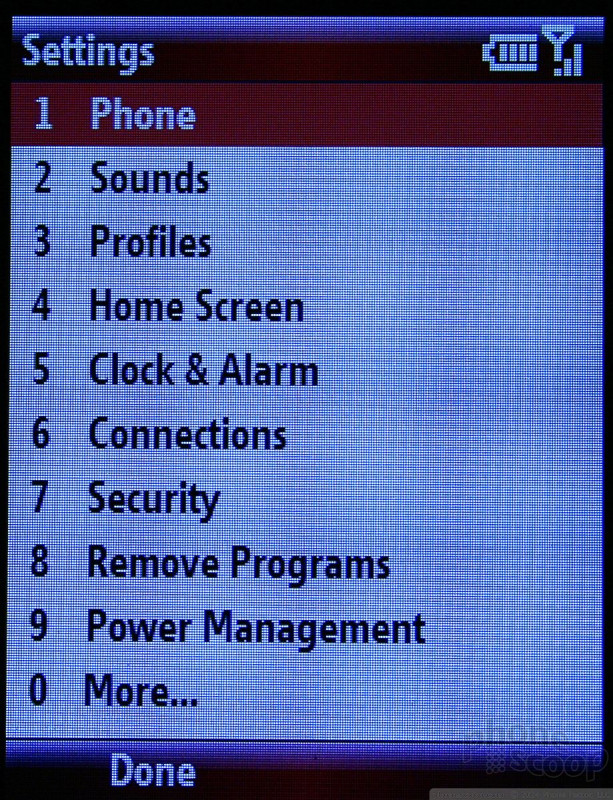




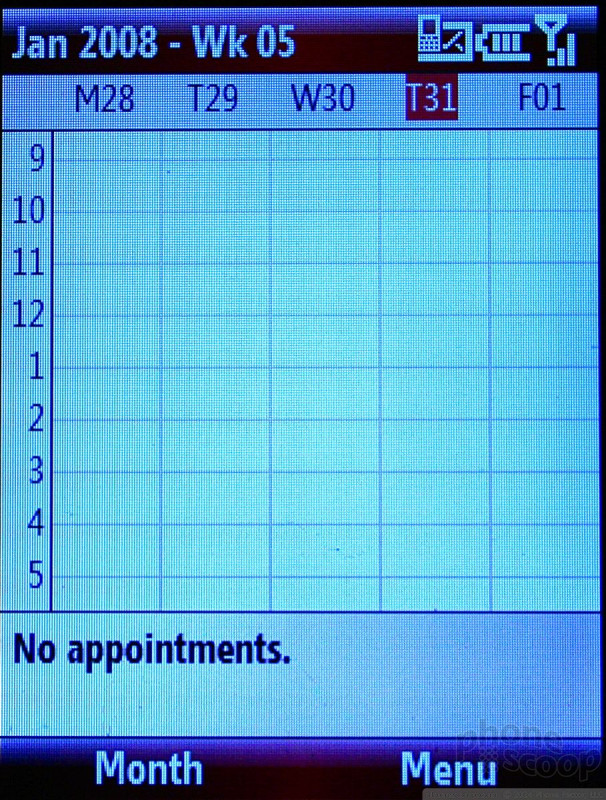



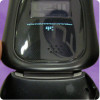 CTIA Fall 2007
CTIA Fall 2007
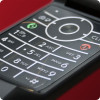 CTIA 2007
CTIA 2007
 iPhone 15 Series Goes All-In on USB-C and Dynamic Island
iPhone 15 Series Goes All-In on USB-C and Dynamic Island
 Samsung S24 Series Adds More AI, Updates the Hardware
Samsung S24 Series Adds More AI, Updates the Hardware
 Google Pixel 9 Series Revealed: at Least Four Models This Year
Google Pixel 9 Series Revealed: at Least Four Models This Year
 HTC 5800 / Fusion / S720
HTC 5800 / Fusion / S720



